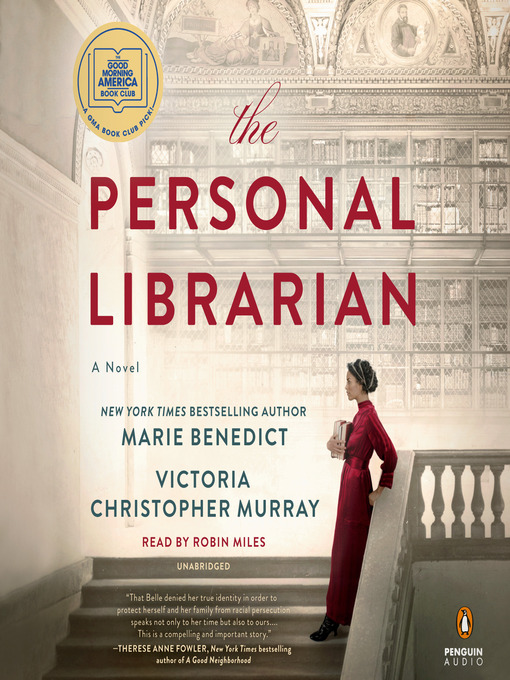
Even those who don’t care who inspired Proust’s Duchess of Guermantes may enjoy this biography of three fascinating women in fin-de-siécle Paris. At a time and in a society where women had no power, these three embarked upon “a conscious strategy of self-promotion.” Like so many today, they became famous for being famous. However, Weber goes beyond that easy judgment and delves into their lives, showing us that in striving to be celebrities, they wanted to be noticed. They wanted to assert some agency over their lives.
Marcel Proust, half-Jewish, from a bourgeois background, first became infatuated with Geneviève Halévy Bizet Straus through his friendship with her son. As the widow of composer Georges Bizet, Geneviève drew artists and musicians to her salon where she dressed in gauzy peignoirs in half-mourning colors.
Later he became obsessed with Laure de Sade, Comtesse Adhéaume de Chevigné, who made much of her descent from Petrarch’s Laura and from the Marquis de Sade—think of that combination! She chose to make her name by being the wildest of the wild and cosying up to whoever held political power.
Finally, Élisabeth de Riquet de Caraman-Chimay, Vicomtesse Greffulhe embodied his “dream of patrician elegance and grace.” Dominated and all but imprisoned by her husband, she made herself famous for the beautiful clothes she designed or had designed for her. Trivial, yes, but her way of pushing back against a society where, as she wrote, “ ‘women are meant to be trophies, pretty possessions . . . Smiling, placid, charming.’ ”
The book is less about Proust than it is about Geneviève, Laure, and Élisabeth, providing a vivid portrait of the restricted lives of even these most privileged women. However, his journey—he himself pursuing a place in society—is our journey; he is our guide into this world.
He is not without his own conflicts. Especially towards the end, we learn a bit more about how he claimed to be studying the “monde” or “gratin,” the highest circles of society, in order to gain material for his writing. True enough, but he seems also to have simply been as fascinated by it as any of us obsessively watching Downton Abbey these days. Weber says:
Proust concedes that a man of letters might just as fruitfully write about the impoverished as about the privileged. He goes on to explain, however, that when authors pursue ‘opulence,’ what really motivates them is a longing for the unattainable . . . The gratin intrigues them as artists because it is not readily accessible to them (whereas poverty presumably is).
Yet his pursuit of each woman ends in disillusion. “He would spend the next three decades writing and rewriting variations on this theme: the unreachable muse whose charm evaporates upon contact.” He is shocked to find that high social status is no guarantee of virtue. “[T]he juxtaposition of surface elegance and hidden corruption would become a defining feature of his portrayal of the monde.”
The end of the 19th century saw France’s Third Republic becoming more stable, as the hopes for restoring the monarchy dissipated, leaving the aristocracy with no political power. As some would say of today’s Western societies, they took refuge in entertaining themselves to death.
I seem to have read a number of Gilded Age books recently, perhaps looking for ways to understand and push back against our own age of extreme inequality, when the richest 1% own more of the world’s wealth than the bottom 95% put together. If nothing else, my readings of the robber barons of late 19th century U.S. tell me that they stored up trouble for their next generations. Look at all the mansions and luxury “cottages” of that time which had to be abandoned by the following generation.
Instituting an income tax system in 1913 after the ratification of the 16th amendment had something to do with that, of course, but I also remember my own time at an exclusive prep school. So many of those entitled young people simply coasted through, drinking and drugging too much, confident that Daddy’s money guaranteed them a free ride through life, without any effort on their part. Not all, of course. There were those who worked hard and deployed their intelligence to good effect. Still, we see it today in the Nepo-in-chief, who failed at every business he undertook, bailed out by bluster, fraud, and—yes—Daddy’s money.
There are a lot of names to keep track of in Weber’s book, some famous today—Bizet, de Maupassant—some forgotten. I debated whether the book could have been streamlined a bit, but in truth I am just as guilty as Proust: I enjoyed all the details of salons and balls and intrigues. They do give me a better understanding of the context for his masterpiece In Search of Lost Time, but that is not what kept me glued to the pages of this book. No, I reveled in experiencing a world far off in time and place, yet having much to say about the one I inhabit today.
What biography have you read that introduced you to a different world?
